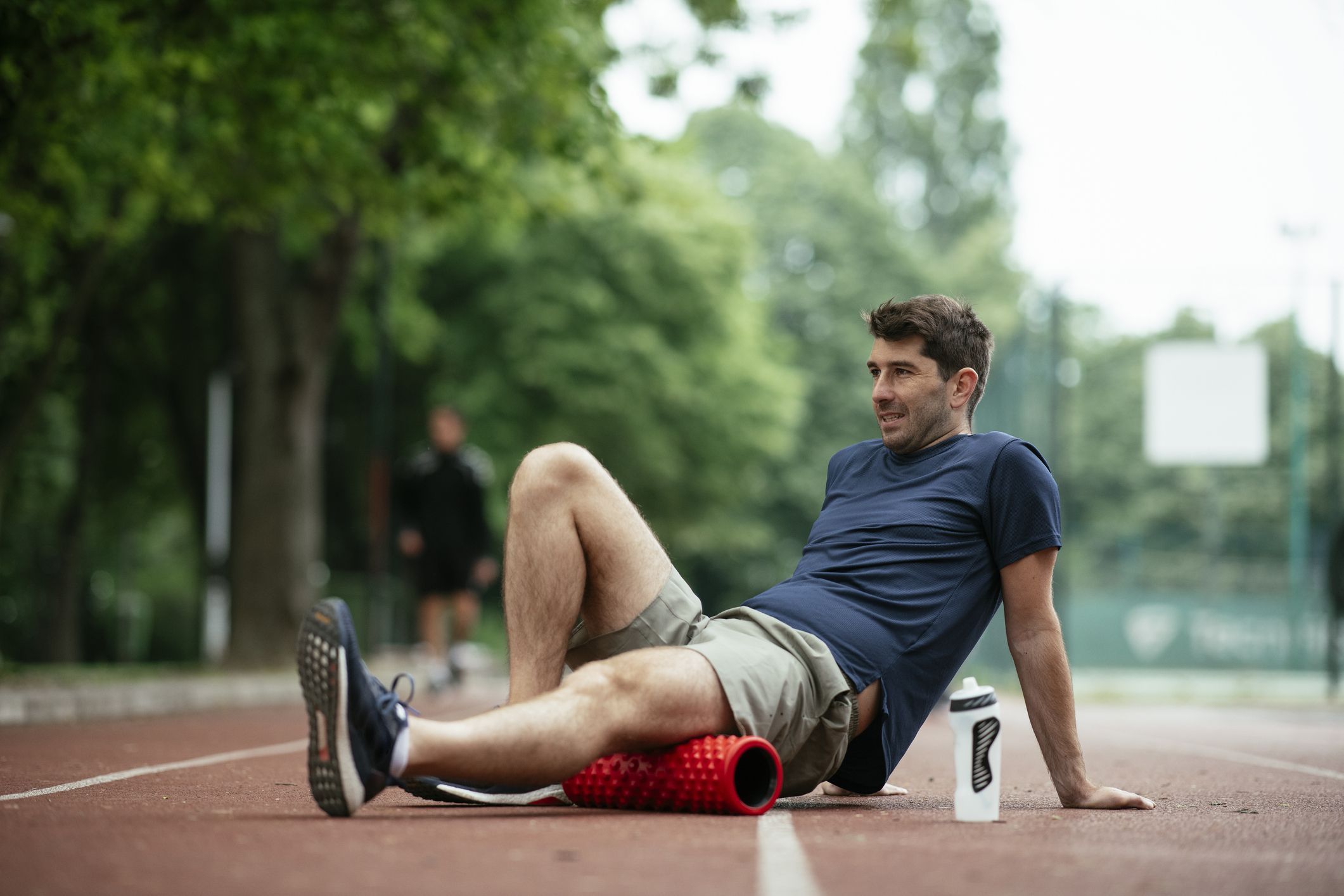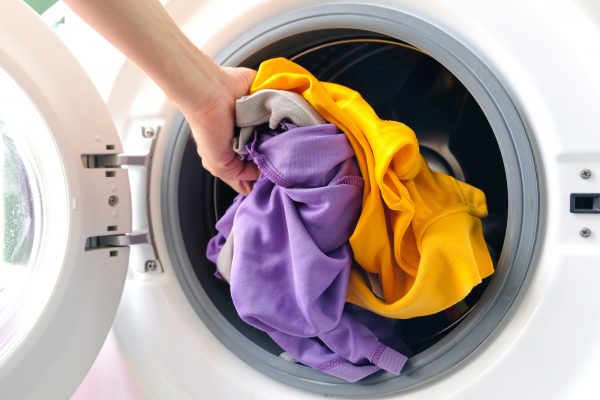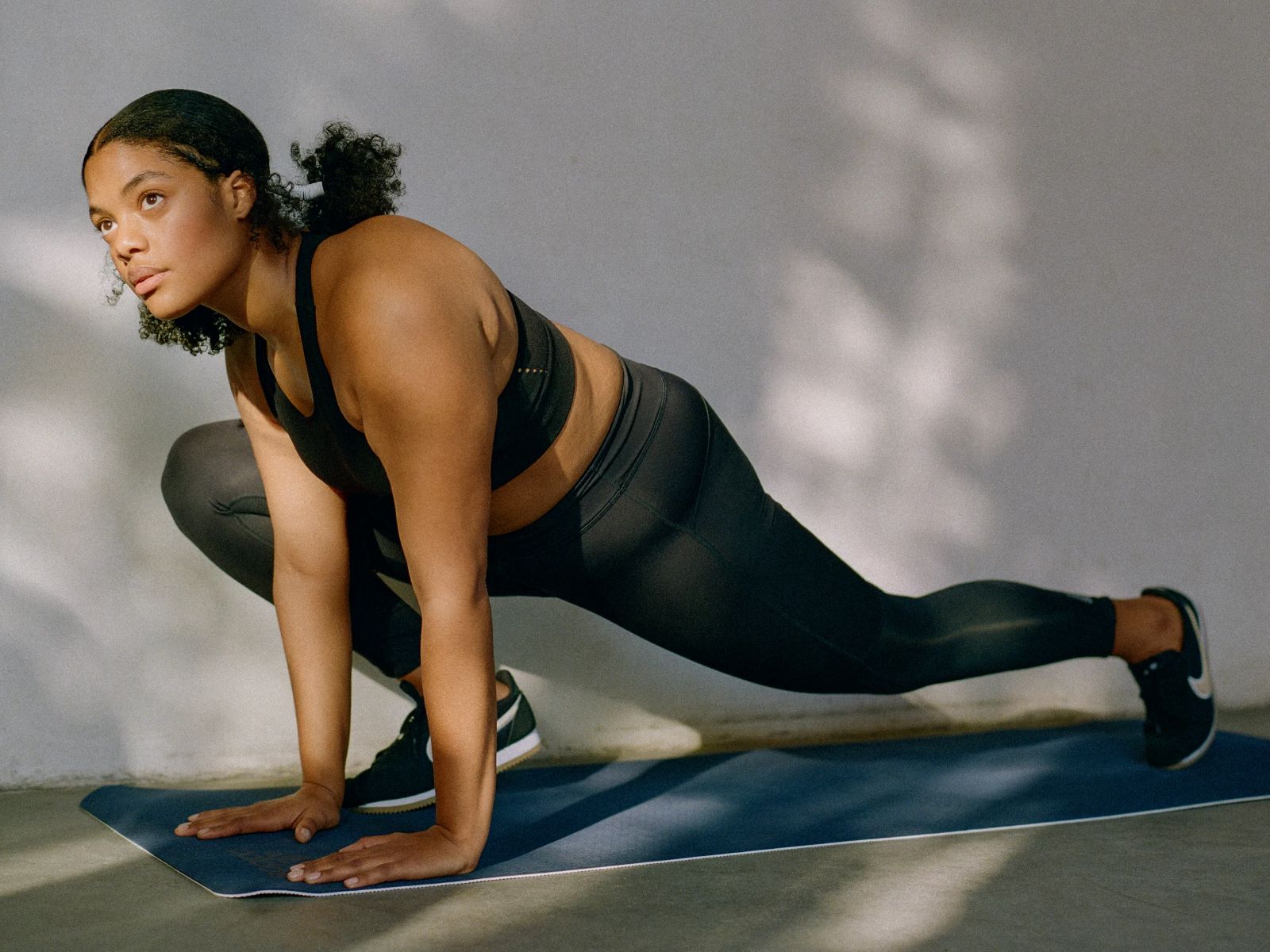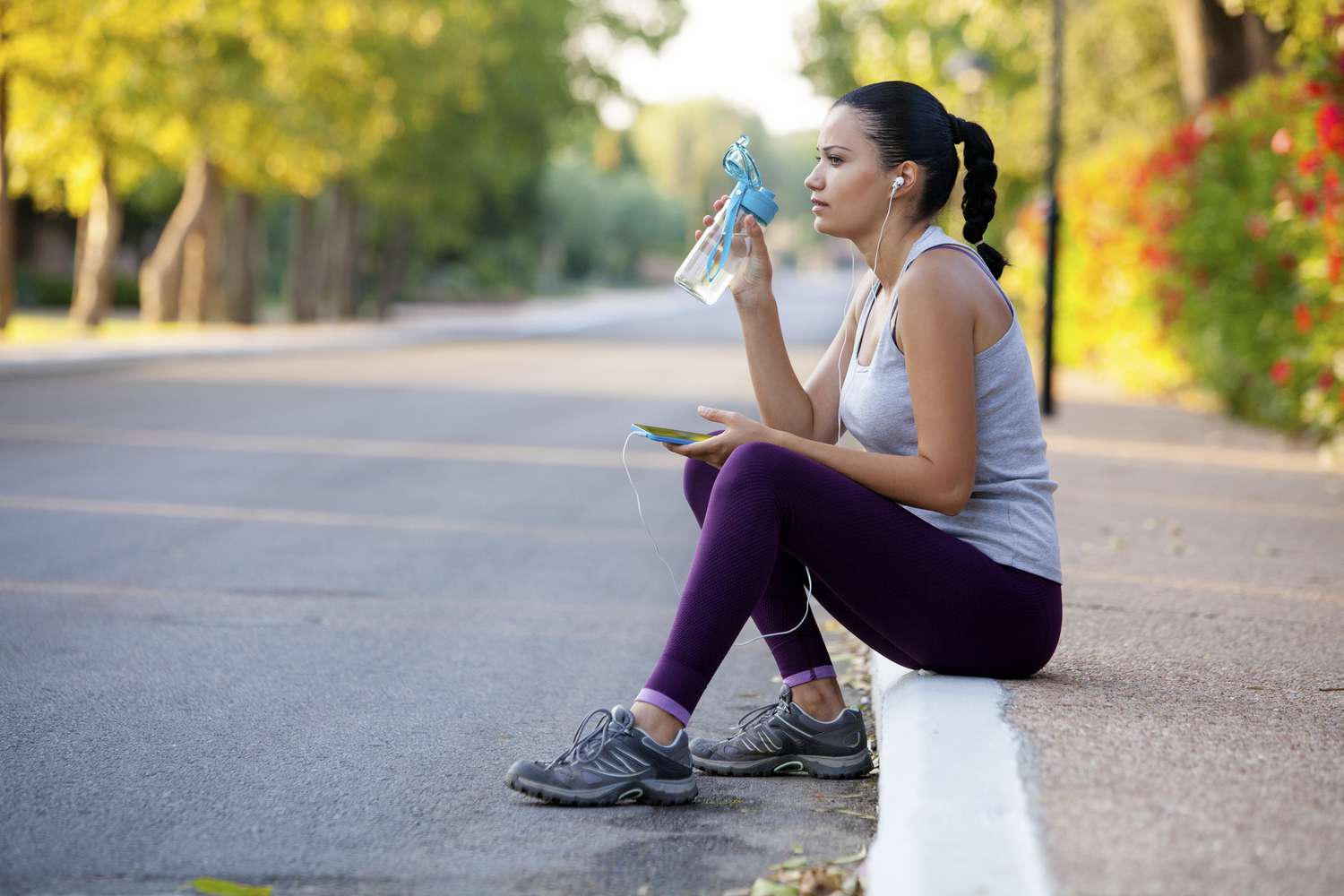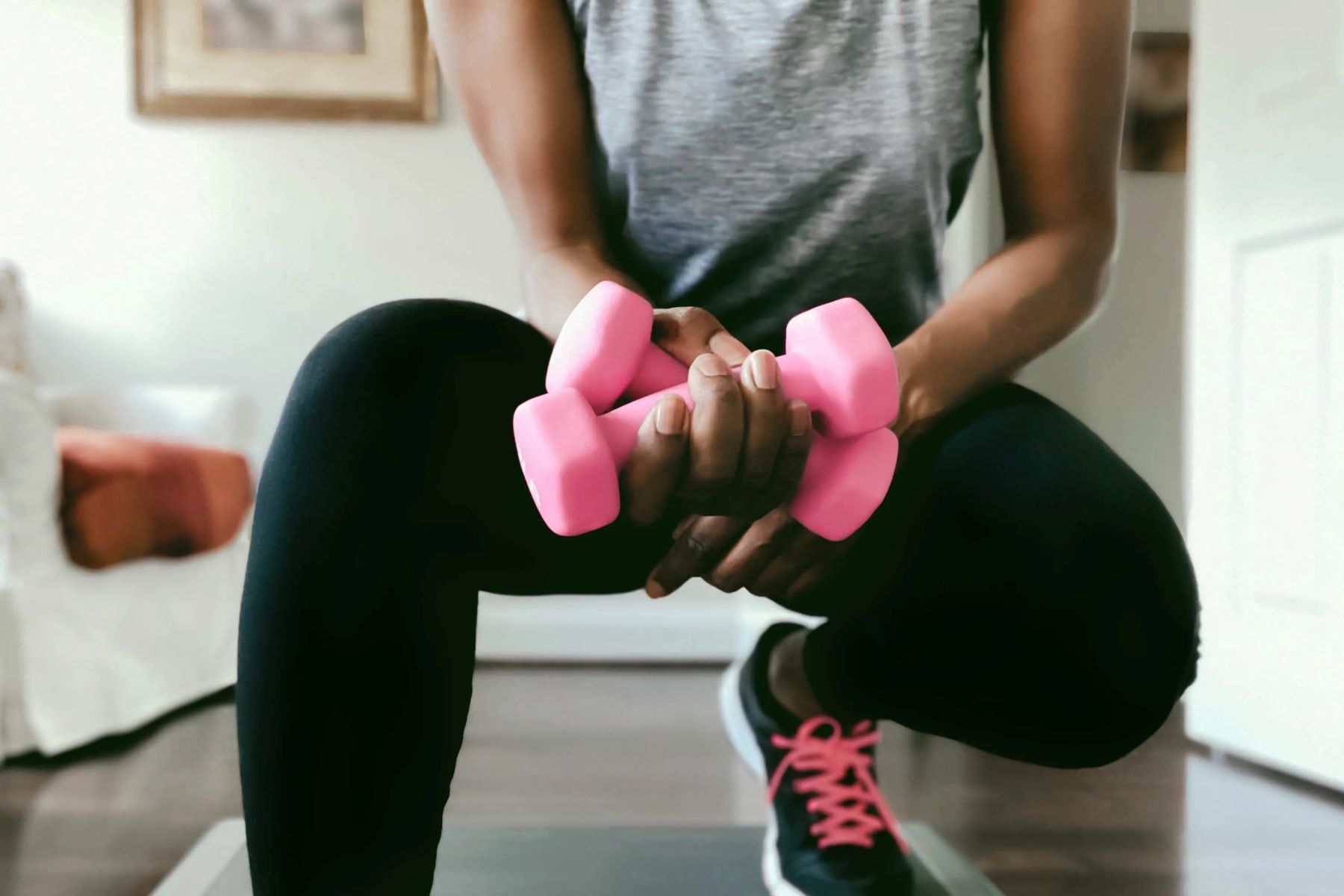Home>Misc>Featured>How Long After Getting A Tattoo Can You Workout
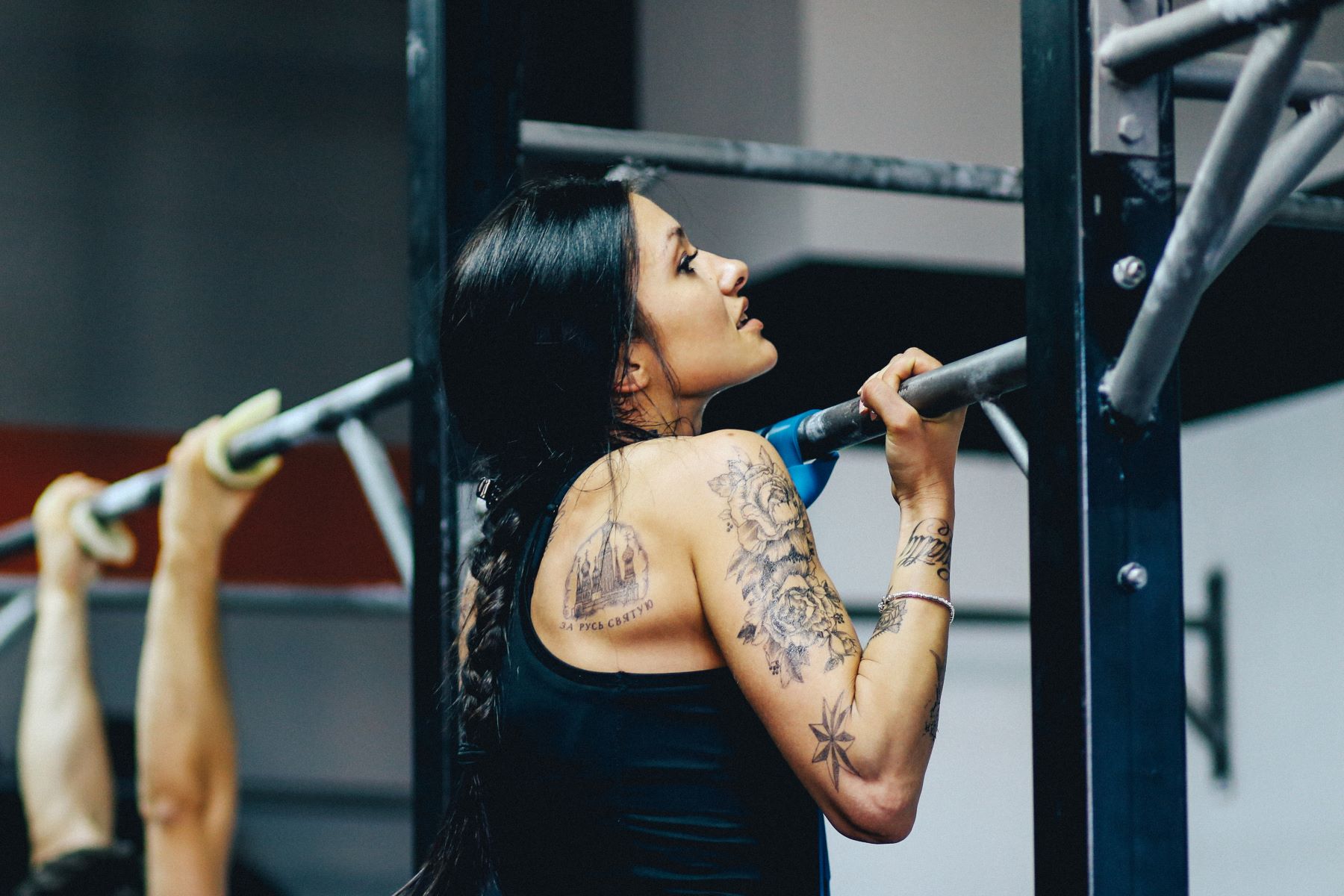

Featured
How Long After Getting A Tattoo Can You Workout
Published: August 12, 2023
Discover how long you should wait before hitting the gym after getting a new tattoo. Our featured article covers essential tips for post-tattoo workouts.
Introduction
Getting a tattoo is an exciting and personal form of self-expression. However, it’s important to remember that a tattoo is essentially an open wound, and it requires proper care and healing. One common question that many people have is how long they should wait before resuming their regular workout routine after getting a tattoo. This is a valid concern, as engaging in physical activity too soon could potentially hinder the healing process and affect the overall outcome of the tattoo.
The healing time for a tattoo can vary depending on various factors, such as the size and location of the tattoo, the individual’s overall health, and the aftercare routine followed. It’s crucial to understand these factors and follow certain guidelines to ensure a successful healing process.
In this article, we will discuss the different factors that can affect the healing time of a tattoo and provide general guidelines for post-tattoo care. We will also delve into the importance of waiting for an appropriate period before resuming physical exercise and the exercises that should be avoided during the healing process. By following these recommendations, you can safeguard your tattoo and optimize its long-term appearance.
Factors that Affect Healing Time
The healing time of a tattoo can vary from person to person due to several factors. Understanding these factors is essential to gauge how long you should wait before working out after getting a tattoo.
1. Size and Complexity of the Tattoo: Larger and more intricate tattoos require more time to heal compared to smaller, simpler designs. The more detailed the tattoo, the more trauma the skin has undergone during the tattooing process, which may prolong the healing process.
2. Location of the Tattoo: The location of the tattoo on your body plays a significant role in healing time. Areas with thin skin, such as the inner wrist or the ankles, usually take longer to heal than areas with thicker skin like the upper arm or back.
3. Individual Healing Ability: Each person’s body has its own healing capacity. Factors such as age, overall health, and immune system strength can impact how quickly a tattoo heals. Younger individuals tend to heal faster than older adults, and those with underlying health conditions may experience delayed healing.
4. Aftercare Routine: Proper aftercare is crucial for the healing process of a tattoo. Following the advice of your tattoo artist and consistently caring for your tattoo can contribute to a faster healing time. Neglecting aftercare or not following the recommended guidelines may prolong the healing process.
5. Infection or Complications: In rare cases, a tattoo may develop an infection or other complications that can delay the healing process. If you notice any signs of infection, such as increased redness, swelling, or discharge, it’s important to seek medical attention immediately.
Remember, these factors are not absolute indicators of healing time, but rather guidelines to consider. Every individual’s healing process may vary, and it is essential to consult with your tattoo artist and listen to your body during the recovery period.
General Guidelines for Post-Tattoo Care
Proper aftercare is crucial to ensure the best possible healing outcome for your tattoo. Following these general guidelines can help promote the healing process and prevent complications:
- Keep it clean: Gently wash your tattoo with lukewarm water and a mild, fragrance-free soap. Avoid scrubbing the tattoo, as this can cause irritation. Pat the area dry with a clean paper towel or allow it to air dry.
- Avoid excessive moisture: While it’s important to keep your tattoo clean, it’s equally important to avoid excessive moisture. Avoid soaking your tattoo in water, such as swimming pools, hot tubs, or baths, as this can delay the healing process.
- Wear loose clothing: Opt for loose-fitting clothing that won’t rub against or irritate your tattoo. Tight clothing can cause friction and disrupt the healing process.
- Avoid direct sunlight: Protect your tattoo from direct sunlight, as UV rays can fade the colors and potentially cause sunburn on the healing skin. If you need to be outdoors, apply a broad-spectrum, SPF 30+ sunscreen to your tattoo.
- Avoid picking or scratching: It’s normal for your tattoo to scab and peel during the healing process. However, resist the urge to pick or scratch at the scabs, as this can lead to scarring and pigment loss.
- Avoid tight bandages or wraps: After the initial healing phase, avoid using tight bandages or wraps on your tattoo, as they can restrict airflow and hinder the healing process. Let your tattoo breathe and only cover it if necessary.
- Moisturize regularly: Apply a thin layer of fragrance-free, non-comedogenic moisturizer to your tattoo after it has dried. Moisturizing can prevent excessive dryness and keep the skin hydrated, aiding in the healing process.
- Follow your artist’s instructions: Your tattoo artist will provide specific aftercare instructions tailored to your tattoo. It’s essential to follow these instructions closely to ensure the best possible healing outcome.
By adhering to these general guidelines and practicing good hygiene, you can create an optimal environment for your tattoo to heal and minimize the risk of complications.
Initial Healing Phase
The initial healing phase of a tattoo typically lasts around two to three weeks, although this can vary depending on individual factors. During this phase, it’s crucial to provide proper care and attention to your tattoo to ensure a successful healing process.
Immediately after getting the tattoo, your tattoo artist will clean and apply a thin layer of petroleum-based ointment or a specialized tattoo aftercare product. They may also cover the tattoo with a sterile bandage to protect it. It’s important to follow their instructions on when and how to remove the bandage and start the cleaning process.
During the first few days, it’s normal for your tattoo to ooze plasma, ink, and excess ink from the skin. This is part of the natural healing process and should not be a cause for concern. However, it’s essential to keep the tattoo clean and dry to prevent infection. Clean the tattoo gently with lukewarm water and a mild, fragrance-free soap, and pat it dry with a clean paper towel.
As the days progress, your tattoo will begin to form scabs and may also start to itch. It’s crucial to resist the temptation to scratch or pick at the scabs, as this can disrupt the healing process and potentially cause scarring. Applying a thin layer of moisturizer can help alleviate itching and keep the skin hydrated.
During the initial healing phase, it’s important to avoid activities that can put excessive stress or strain on the tattooed area. This includes vigorous exercise, swimming, and activities that may cause excessive sweating. It’s best to give your tattoo time to heal and avoid any activities that can potentially introduce bacteria or irritate the skin.
Throughout the initial healing phase, closely monitor your tattoo for any signs of infection, such as increased redness, swelling, or the presence of pus. If you notice any concerning symptoms, it’s vital to seek medical attention as soon as possible.
Remember, the initial healing phase of a tattoo is crucial in determining the overall outcome. By following proper aftercare guidelines and taking necessary precautions, you can ensure that your tattoo heals effectively and sets the stage for long-term satisfaction.
Waiting Period before Working Out
After getting a tattoo, it’s important to give your body enough time to heal before resuming your regular workout routine. Engaging in intense physical activity too soon can lead to complications and negatively impact the healing process of your tattoo.
The general guideline is to wait at least two to three weeks before gradually reintroducing exercise into your routine. This timeframe allows your tattoo to complete the initial healing phase and minimizes the risk of excessive stretching, sweating, or trauma to the tattooed skin.
During the waiting period, it’s important to listen to your body and assess how well your tattoo is healing. Pay attention to any signs of discomfort, inflammation, or excessive redness. If you experience any of these symptoms, it may be an indication that your tattoo needs more time to heal before you can safely participate in physical activities.
Keep in mind that everyone’s healing process is unique, and the waiting period may vary from person to person. It’s essential to consult with your tattoo artist for specific advice tailored to your tattoo’s size, location, and complexity. They will provide insights based on their expertise and guide you on the appropriate waiting period.
Remember, rushing the healing process can lead to complications such as infection, distorted tattoo lines, or color loss. Patience is crucial when it comes to allowing your tattoo to heal properly before engaging in strenuous activities.
Once the waiting period has passed, it’s important to ease back into your workout routine gradually. Start with low-impact exercises and gradually increase the intensity and duration over time. This allows your body to readjust to physical activity without putting excessive stress on the tattooed skin.
Lastly, it’s crucial to continue following proper aftercare practices even after you’ve resumed your workouts. Keep your tattoo clean, moisturize regularly, and protect it from direct sunlight to maintain its overall appearance and longevity.
By patiently waiting for an adequate healing period and taking gradual steps to reintroduce exercise, you can ensure that your tattoo heals effectively and remains vibrant for years to come.
Listen to Your Body
When it comes to resuming physical activity after getting a tattoo, it’s important to listen to your body and prioritize its signals. While there are general guidelines on when to start working out again, every person’s healing process is unique, and your body will provide valuable insights on when it’s ready for exercise.
Pay attention to any discomfort, pain, or swelling in the tattooed area. These could be indications that your tattoo is not fully healed and needs more time to recover. Pushing through the pain or ignoring these signals can lead to complications and potentially damage the tattoo.
If you notice any signs of redness, increased sensitivity, or the appearance of raised bumps around the tattoo, it’s important to take it as a warning sign. These could be symptoms of an infection or an allergic reaction. In such cases, it’s best to consult with a medical professional before resuming any physical activity.
Additionally, consider the location of your tattoo and how it may be affected by specific exercises. For example, if your tattoo is on a joint or a highly mobile area, certain movements may cause excessive stretching or rubbing, leading to irritation. Modify your workout routine accordingly or seek advice from your tattoo artist or a healthcare professional on the best way to protect your tattoo during exercise.
It’s crucial to strike a balance between giving your body the time it needs to heal and maintaining an active lifestyle. While it’s important to avoid activities that can hinder the healing process, completely abstaining from exercise can also have negative effects on your overall well-being. Stay active in other ways that do not put strain on your tattooed skin, such as light stretching, walking, or practicing mindfulness exercises.
Remember, your body is the best guide to determine when it’s safe to resume physical activity after getting a tattoo. By tuning in to its signals, you can prioritize your well-being and ensure a successful healing process for your new tattoo.
Safe Workout Practices after Getting a Tattoo
After the appropriate waiting period, when you feel confident that your tattoo has healed sufficiently, you can gradually resume your workout routine. However, it’s important to follow safe workout practices to protect your tattoo and minimize the risk of complications.
1. Avoid tight or abrasive clothing: Choose loose-fitting clothing made from breathable fabrics to prevent unnecessary friction or irritation on your tattooed skin. Tight clothing can cause rubbing and disrupt the healing process.
2. Keep it clean: Before and after your workout, ensure that your tattoo is clean and free from sweat and bacteria. Gently wash the area with mild, fragrance-free soap, and pat it dry with a clean towel. Avoid using harsh scrubbing motions that could irritate the tattoo.
3. Use a barrier film: If your workout involves exercises that cause friction or direct contact with equipment, consider using a thin barrier film or non-adherent dressing over your tattoo. These provide an extra layer of protection against potential irritation or infection.
4. Protect from sunlight and UV exposure: Even after your tattoo has healed, it’s important to protect it from direct sunlight and UV exposure. Apply a broad-spectrum sunscreen with a high SPF to your tattoo before exposing it to the sun. Wearing clothing that covers the area can also provide added protection.
5. Stay hydrated: Proper hydration plays a crucial role in maintaining healthy skin, including your tattooed skin. Drink plenty of water before, during, and after your workout to keep your skin hydrated and help with the overall healing process.
6. Take breaks and listen to your body: If you feel any discomfort or excessive swelling during your workout, it’s essential to take breaks and reassess. Pushing through pain or discomfort can potentially damage your tattoo. Be mindful of your body’s signals and adjust your workout intensity or type of exercise accordingly.
7. Moisturize after your workout: After a workout, gently clean your tattoo and apply a thin layer of fragrance-free, non-comedogenic moisturizer to keep the skin hydrated. This will aid in the healing process and prevent dryness or itching.
Remember, your tattoo is a permanent body art, and you want to ensure its longevity and vibrancy. By following these safe workout practices, you can protect your tattoo and enjoy a healthy, active lifestyle without compromising its healing process.
Exercises to Avoid
While it’s important to resume physical activity after getting a tattoo, certain exercises can pose a higher risk of damaging or irritating your tattooed skin. Avoiding these exercises during the healing process can help safeguard the integrity of your tattoo and promote a successful healing outcome.
1. High-impact exercises: Activities that involve high-impact movements, such as running, jumping, or contact sports, can put excessive strain on your tattoo and disrupt the healing process. The repeated jarring or bouncing motions can cause irritation, scabbing, or loss of ink. Consider opting for low-impact or non-contact exercises instead during this time.
2. Weightlifting: Weightlifting exercises, particularly those that target the area where your tattoo is located, can stretch the skin and potentially damage the tattoo. Be cautious with exercises like bench presses, push-ups, or pull-ups, as they may put pressure on the tattoo and hinder the healing process. Modify your workouts to focus on other muscle groups or opt for lighter weights and higher repetitions to minimize the strain on the tattooed area.
3. Swimming: Immersing your tattoo in water, whether it’s a pool, hot tub, or natural body of water, should be avoided during the initial healing phase. Prolonged exposure to water, especially in chlorine-treated pools or bodies of water with bacteria, can increase the risk of infection and slow down the healing process. Wait until the tattoo is fully healed before enjoying a swim.
4. Excessive sweating: While sweating is a natural part of physical activity, excessive sweat can lead to irritation and potentially introduce bacteria to your healing tattoo. Avoid exercises that cause excessive sweating, such as hot yoga or intense cardio workouts, especially during the initial healing phase. Instead, opt for exercises that keep you cool and minimize sweating.
5. Stretching exercises: Stretching exercises, such as yoga poses that require deep stretching, may cause the skin to stretch or pull on the tattooed area. This can lead to irritation, distortion of the tattoo lines, or slower healing. Modify your stretching routine to avoid putting strain on the tattooed skin until it is fully healed.
Always consult with your tattoo artist about specific exercises to avoid based on the location and size of your tattoo. They can provide personalized recommendations based on their expertise to ensure the best possible healing outcome.
Remember, the temporary modification or adjustment of your workout routine will help protect your tattoo and ensure its long-term quality. Once your tattoo is fully healed, you can gradually incorporate these exercises back into your fitness routine.
Conclusion
Taking care of your tattoo and allowing it to heal properly is essential for maintaining its quality and longevity. After getting a tattoo, it’s important to follow the appropriate aftercare guidelines to facilitate the healing process. Additionally, knowing when it’s safe to resume your regular workout routine can prevent complications and ensure the best possible outcome for your tattoo.
Factors such as the size and complexity of the tattoo, the location on your body, your individual healing ability, and the aftercare routine followed can all influence the healing time. By understanding these factors, you can gauge how long you should wait before engaging in physical activity.
During the waiting period, it’s important to listen to your body and pay attention to any signs of discomfort, swelling, or infection. Consulting with your tattoo artist and seeking medical attention if necessary will help ensure a proper healing process.
Once you’re ready to resume your workouts, it’s vital to practice safe workout practices and avoid exercises that may irritate or damage your healing tattoo. Be mindful of your body’s signals and make modifications as needed.
Remember, the healing process is unique to each individual, and patience is key. By following these guidelines, listening to your body, and practicing proper aftercare, you can ensure that your tattoo heals effectively and maintains its vibrancy and quality for years to come. Enjoy your new tattoo and embrace the journey of healing and self-expression!

